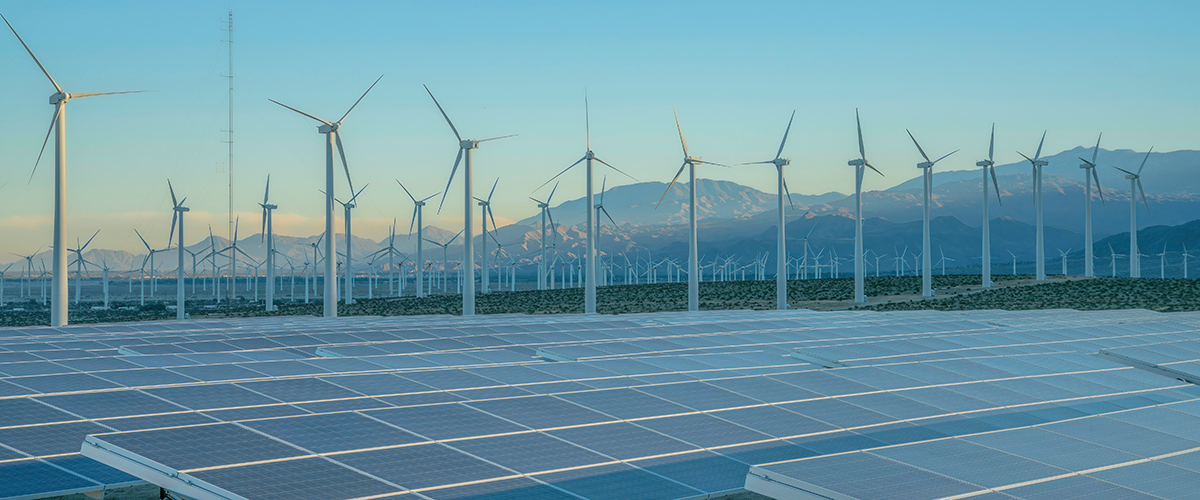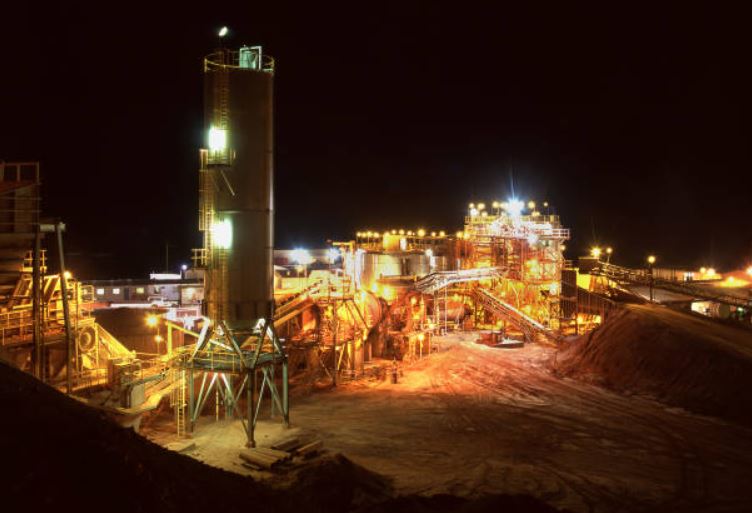Sierra Leone is rich in natural resources, with major rutile, bauxite, iron ore, gold, diamonds, limonite, platinum, and zircon reserves. Mining is essential to the economy, contributing around 7% of the GDP and 80% of exports.
However, it employs only 2.84% of the workforce due to its capital-intensive nature. Most large-scale mining licenses belong to foreign investors under government agreements. As of June 2024, there were 21 active large-scale mining operations.
The country also has a notable artisanal mining sector, mainly for gold and diamonds, employing about 2.6% of the workforce in 2019. In 2023, mining revenue contributed 0.6% of the GDP. Recent earnings came from mineral royalties, license fees, environmental charges, and income taxes.
READ ALSO: Togo’s Natural Resources: Locations, Discoveries, Viability, Export Potential, And Economic Impact
Sierra Leone’s Natural Resources And Their Locations
Here’s a list of Sierra Leone’s natural resources and their locations:
| Natural Resources | Locations |
|---|---|
| Diamonds | Kono District, Kenema District, and along the Sewa-Bafi river system |
| Gold | Northern Sierra Leone (greenstone belts), Tonkolili, and Bo District |
| Rutile | Gbangbama, Sembehun, Rotifunk, and Kambia |
| Bauxite | Gondama, Moyamba District |
| Iron Ore | Marampa (Port Loko District), Bagla Hill (Tonkolili District) |
| Coltan | Kono District |
| Platinum | Southern Plateau Region |
| Limonite | Found in various regions near iron ore deposits |
| Zircon | Found alongside rutile deposits in Gbangbama and Sembehun |
| Chromite | Southern Sierra Leone |
| Agricultural Land | Major Areas: Southern Province (rice, palm oil), Eastern Province (cocoa, coffee), Northern Province (groundnuts, cassava) |
| Hydropower Sites | Bumbuna (Seli River), Dodo (southeast), Guma (Freetown area) |
| Fish Stocks | Coastal waters along the Atlantic Ocean |
Discoveries Of Sierra Leone’s Natural Resources
Diamonds
Diamonds were first discovered in Sierra Leone in the early 1930s, specifically in the Kono District. Artisanal miners uncovered these gems in river gravels along the Sewa-Bafi river system. By the 1950s, diamond mining had expanded significantly.
The National Diamond Mining Company (DIMINCO) was established to regulate operations, but smuggling and corruption became a thing. During the civil war (1991–2002), diamonds funded conflict, earning them the name “blood diamonds.”
In 2019, a geophysical survey confirmed untapped diamond reserves in eastern Sierra Leone, valued at over $100 million. By 2023, new deposits near Tongo Fields were seen using modern exploration techniques, potentially increasing diamond exports by 15%.
Iron Ore
Massive iron ore deposits were discovered at Marampa in 1933 by British geologists. This led to industrial mining under the Sierra Leone Development Company (DELCO).
Mining continued until 1975 but faced interruptions due to financial difficulties and civil unrest. Operations resumed in the 1980s but were halted again during the war.
Since 2020, foreign investments have revitalized iron ore production at Marampa. By 2023, output will have reached 1.5 million tons per year, contributing over $200 million to the national GDP.
Rutile
Rutile deposits were discovered in the southwestern regions of Gbangbama and Sembehun during geological surveys in the 1950s. These discoveries positioned Sierra Leone as one of the world’s largest producers of rutile.
Mining began in the mid-1960s under Sherbro Minerals Ltd., followed by Bethlehem Steel and Nord Resources. Operations were disrupted during the civil war but resumed in 2006.
As of 2024, rutile is still one of Sierra Leone’s top exports. Increased production, supported by international mining partnerships, generated over $150 million in revenue in 2023.
Bauxite
Bauxite was first discovered at Mokanji Hills in the Moyamba District during geological surveys in the early 1960s. Mining began in 1964 under Sieromco, with exports primarily going to Europe.
Operations halted during the civil war but resumed in 2006. In 2023, new bauxite reserves were confirmed near Gondama. That year, bauxite exports increased by 20%.
Gold
Gold mining has been part of local communities for centuries but gained commercial interest during colonial times. Prospectors explored northern greenstone belts near the Tonkolili and Bo Districts. Artisanal gold mining still supports many livelihoods. Mass operations have been limited due to infrastructure challenges.
In late 2024, exploratory drilling near Bo District uncovered new gold deposits, attracting foreign investment. Estimated reserves are valued at over $50 million.
Coltan
Coltan, essential for electronics, was first seen during post-war exploration efforts in the Kono District. These discoveries revealed Sierra Leone’s potential in rare earth minerals.
Although underdeveloped compared to other resources, coltan mining has grown steadily since its discovery. In 2023, geologists spotted untapped coltan reserves worth $20 million.
Platinum And Chromite
Platinum and chromite deposits were discovered in the mid-20th century during geological surveys in the southern plateau region. These minerals are essential for steel production and electronics manufacturing.
However, mining has been limited due to logistical challenges, but the resources remain an area of interest for future exploration. A nationwide geophysical survey in 2019 uncovered new deposits of diamonds, gold, and iron ore, valued at over $500 million.
In early 2023, nickel deposits were discovered near the Kambia District through satellite imaging. Also, promising petroleum reserves are now being explored along Sierra Leone’s coastal regions as part of ongoing efforts to improve resource extraction.
Viability Of Exploiting Sierra Leone’s Natural Resources
Sierra Leone’s natural resources viability requires looking at both profitability and sustainability.
Economic Viability
Sierra Leone’s economy depends on natural resources, especially minerals like diamonds, iron ore, rutile, and bauxite. Diamonds are the most valuable export, generating over $100 million in 2023. However, as we’ve said earlier, smuggling and corruption continue to pose major challenges.
Iron ore mining at Marampa has seen a revival since 2020, with annual production reaching 1.5 million tons. This sector contributes over $200 million to the GDP.
Sierra Leone is one of the world’s top rutile producers. In 2024, rutile exports earned more than $150 million. Bauxite mining, once stalled by conflict, has rebounded. Discoveries near Gondama boosted exports by 20% in 2023.
Environmental And Social Viability
While natural resource extraction boosts the economy, it also brings environmental and social challenges. Mining contributes to deforestation, water pollution, and habitat destruction. The Marampa iron ore mines, for example, have raised concerns over water quality in nearby communities.
Land disputes and community displacement are also pressing issues. Some mining operations have triggered conflicts over land rights and compensation, creating tensions between companies and residents.
Government Policies Supporting Viability
The government has introduced policies to balance economic gains with sustainability. Sierra Leone’s participation in the Extractive Industries Transparency Initiative (EITI) promotes accountability in resource management.
Fiscal policies include royalties and corporate taxes from mining companies. However, better management is needed to provide these funds to support local communities.
Export Potential Of Sierra Leone’s Natural Resources
Sierra Leone’s major exports include:
| Natural Resources | Export Value | Major Markets |
|---|---|---|
| Iron Ore | $897 million | China, India, Europe |
| Diamonds | $120 million | Belgium, India, China |
| Rutile | $150 million | China, Europe, USA |
| Bauxite | $80 million | China, Europe |
| Gold | $50 million | Switzerland, UAE, India |
| Cocoa | $30 million | Europe, USA |
Economic Impact Of Sierra Leone’s Natural Resources
Sierra Leone’s natural resources have been key to the country’s economy for decades. Here’s how they contribute.
Contribution To GDP And Economic Growth
Sierra Leone’s natural resources play a major role in its GDP. The mining sector contributed about 7% of the country’s GDP in 2023, with iron ore, diamonds, rutile, and bauxite leading. Agriculture is also dominant, employing nearly two-thirds of the workforce and ensuring food security.
In recent years, economic growth has been driven by strong industrial performance, particularly in mining and manufacturing. In 2023, the economy grew by 5.7%, boosted by rising iron ore production and exports.
Employment Impact
Natural resources provide jobs for many Sierra Leoneans. Agriculture is the largest employer, with about 60% of the population engaged in farming activities such as rice, cocoa, and palm oil production.
Mining employs fewer people than agriculture but offers higher wages. Artisanal mining, especially for diamonds and gold, supports thousands of families.
Government Revenue
The country’s natural resources generate significant government revenue. Mining companies pay taxes and royalties, contributing about 10% to the national budget in 2024.
Exports of iron ore, diamonds, and rutile also bring in substantial foreign exchange earnings, which have helped stabilize the currency and reduce public debt.

